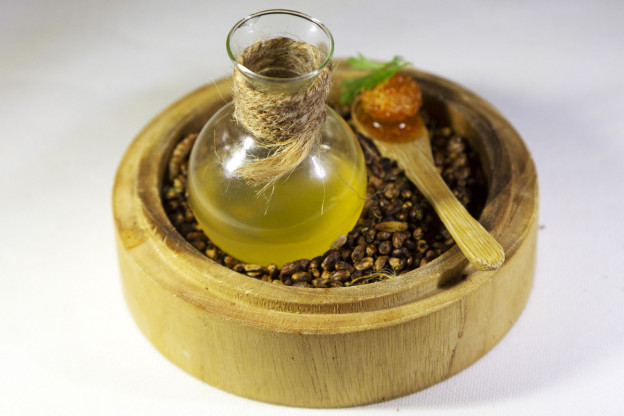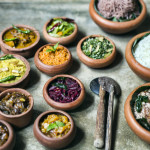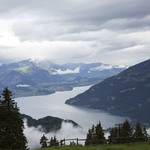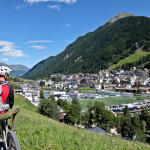Join Stuart Forster as he manages to eat his way around Austria‘s beautiful Salzburgerland region.
Wedged between Austria’s borders with Germany and Italy, Salzburgerland is one of the heartlands of Alpine cuisine. On a clear run, Munich Airport is two hours’ drive from the region, an established winter sports destination that enjoys year-round appeal thanks to the popularity of walking and cycling breaks.
You’ll have no problem finding cosy restaurants whose menus feature hearty food that long provided farmers with the energy to work their fields. Plenty of places serve the likes of hand-rubbed noodles topped with cheese and crispy onions, boiled beef known as Tafelspitz, and Wiener Schnitzel – pan-fried cutlet of veal coated in breadcrumbs and served with fried potatoes.
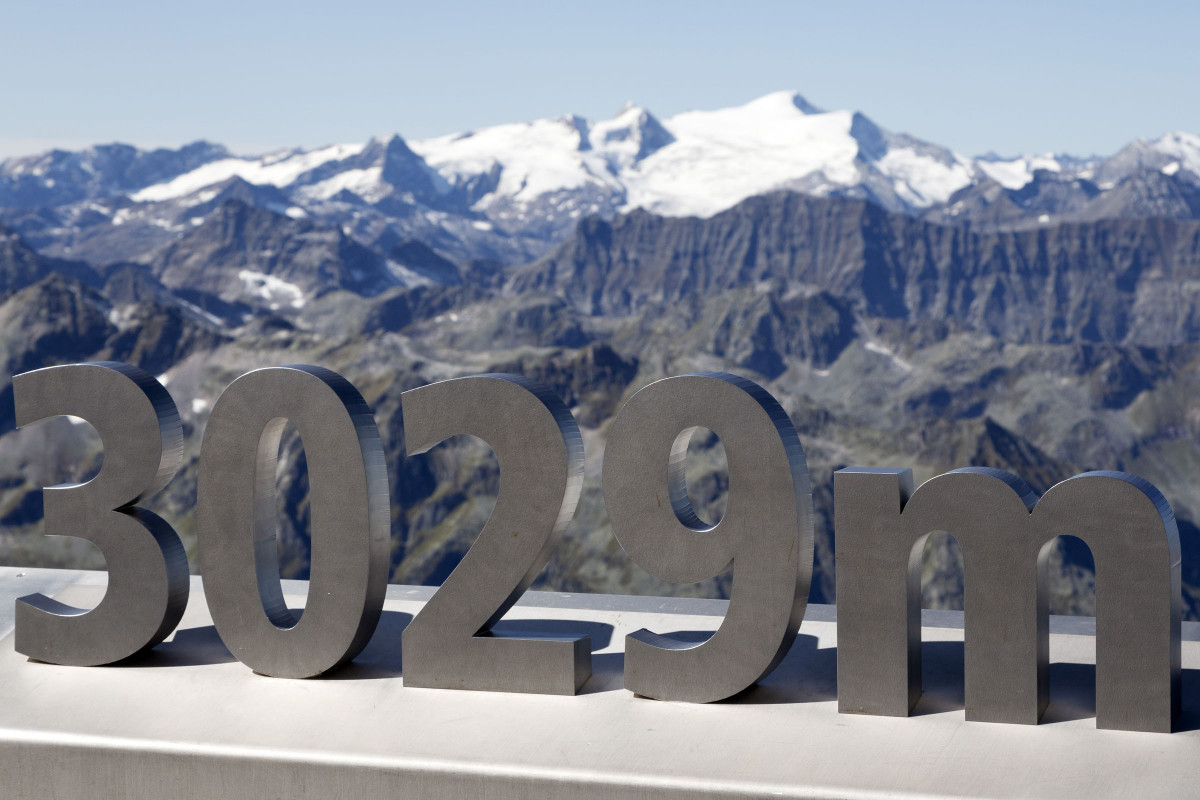
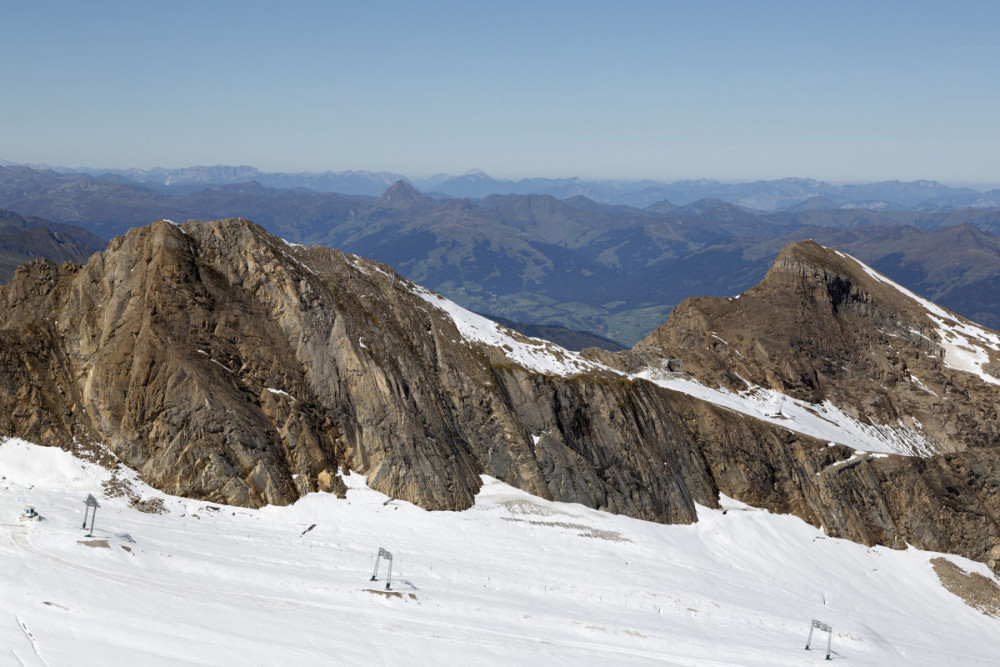
Those filling dishes prove welcome after exploring the Hohe Tauern National Park, whose jagged peaks can be viewed from the Top of Salzburg observation platform, 3,029 metres above sea level on the Kitzsteinhorn. The mountain’s glacier ensures snow throughout the year.
Inevitably, geography has played a key role in shaping the heritage and character of Salzburgerland. Undulating farmland in the valleys doesn’t lend itself well to industrial agriculture. Consequently, almost 60 per cent of the region is farmed organically. As mindfulness and environmental awareness plays an increasingly mainstream role in travel plans that helps boost the region’s appeal.
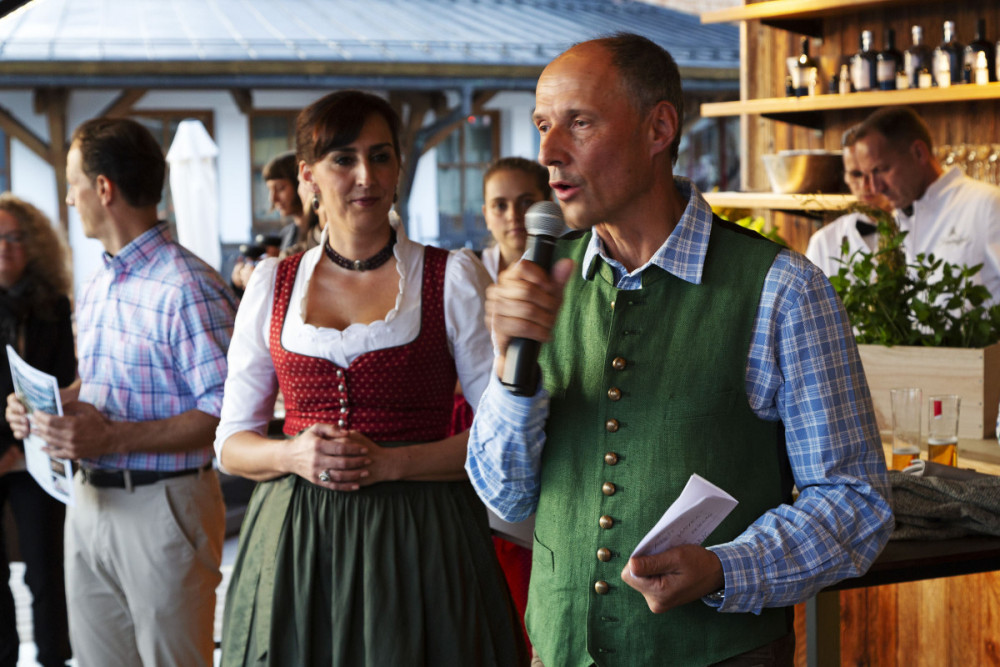
Nine themed culinary trails have been established in Salzburgerland under the Via Culinaria umbrella. They showcase the work of artisanal producers and restaurants using local ingredients. They include a route playfully known as the Culinary Pathway for Cheese Freaks plus trails for meat-eaters, sweet tooths and lovers of Alpine huts.
Meanwhile, the region’s top chefs are modernising the concept of Alpine cuisine by innovatively reinterpreting traditional recipes. They embrace regional ingredients such as dairy produce, seasonal fruit and vegetables plus foraged herbs. Among its champions is chef Andreas Döllerer, author of the Cuisine Alpine cookbook. His restaurant in Golling holds 18.5 of the 20 points possible under the prestigious Gault Millau gourmet rating system and is distinguished by four toques — the maximum possible.
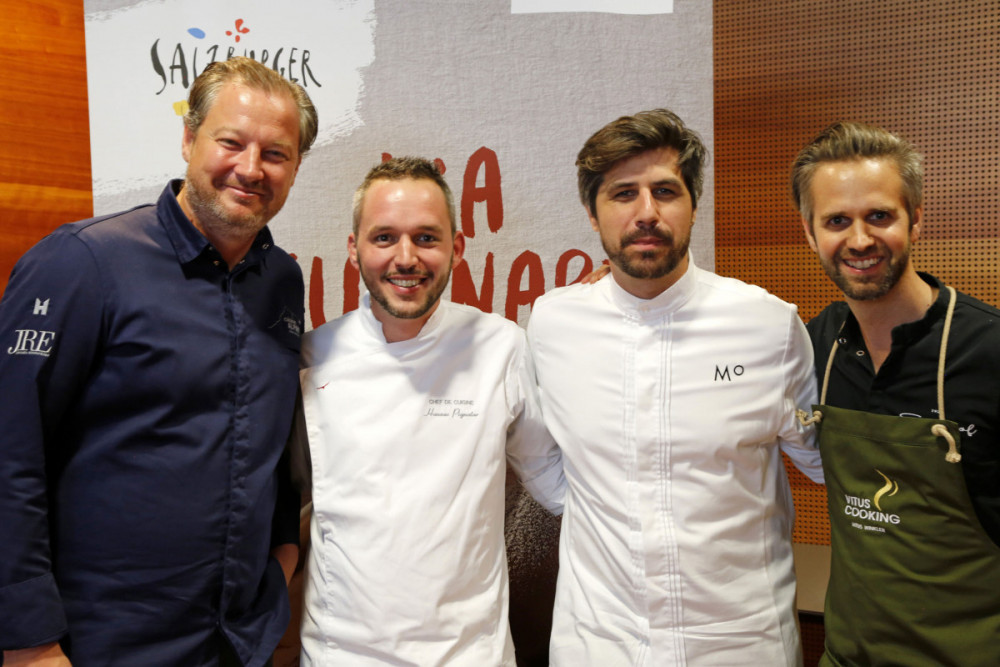
Döllerer was one of the personalities that participated in the inaugural Festival of Alpine Cuisine in and around Zell am See-Kaprun in 2019. The charismatic chef gave a cookery demonstration on stage in the town’s Ferry Porsche Congress Center. He also prepared his signature crisp-skinned zander with fermented red cabbage juice for consumption in the convention centre’s foyer.
The festival’s keynote speaker was Dominik Flammer, author of The Culinary Heritage of the Alps. It’s a book exploring and celebrating cuisine from the Alpine region. On stage, Flammer suggested the region’s food producers and chefs could do well to learn from the success of Scandinavian counterparts active in the New Nordic Cuisine movement. He argued that being part of a culinary movement transcending national boundaries, encapsulating the innovation and diversity of a broader region, helped Scandinavian chefs achieve international recognition.
“Cooking and cuisine is a cultural asset that develops in a cultural framework,” asserted Flammer. He reminded Alpine chefs to cherish the flavours and diversity of their region.
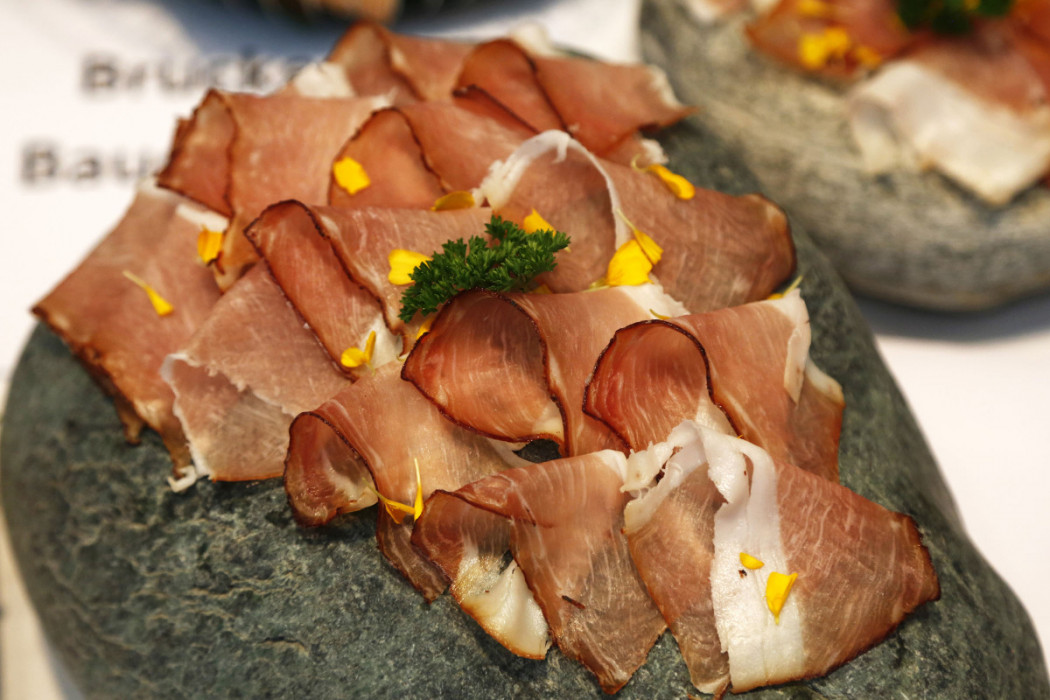
In 1980 Leo Bauernberger, now the CEO of Salzburgerland Tourism was 18 years old and training with one of Austria’s leading chefs. “I thought, ‘why must we import all of the products that we cook from France?’ In those days restaurants were judged by how often the chef was in France, how well they cooked French products and how the seafood was presented,” he lamented, highlighting how perceptions are changing.
Vitus Winkler’s innovative tasting menus at Vitus Cooking, his restaurant in the Hotel Sonnhof at St Veit in Pongau, feature ingredients foraged by himself and members of his team from streams, meadows and woodland. Winkler holds four Gault Millau toques and 17 of the rating system’s points. He introduces his edible creations with detailed explanations about ingredients’ provenance and their connection with the land. “The taste is more intensive in herbs, the higher you go,” he said.
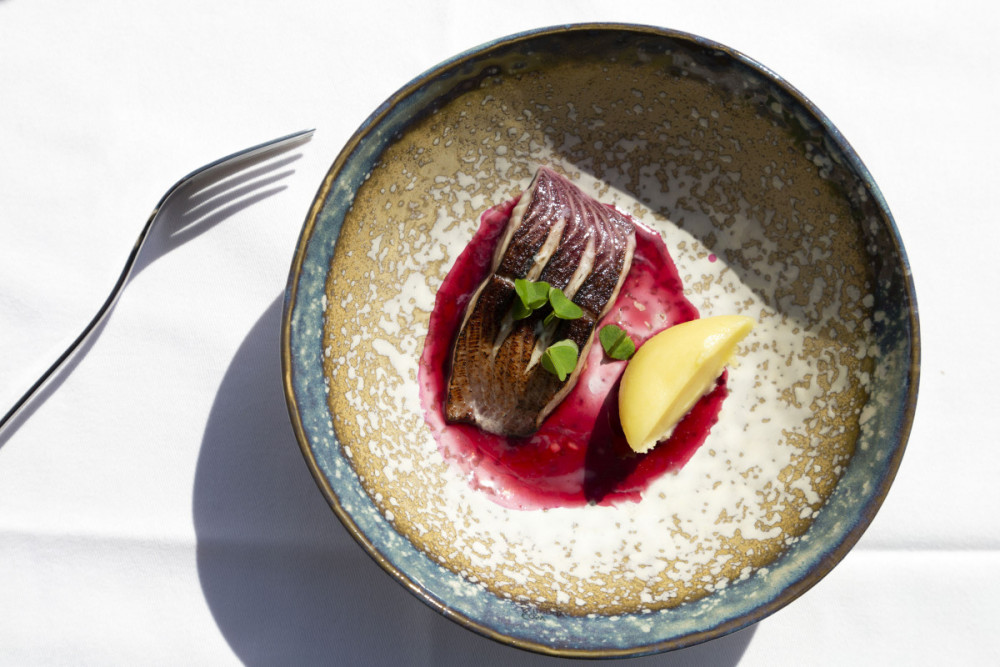
“One typical thing about the Alpine region is the handmade food with the stories of the families behind it. We have a lot of products that take time to prepare,” commented chef Hannes Pignater, based in Italy’s South Tyrol region.
“Young chefs are motivated to work with regional resources,” explained Pignater, who has built his circle of suppliers by meeting local farmers who have gone on to recommend friends. “We are chefs but we have to work with nature and its story. There are villages that have made one type of food for 300 years. If they don’t sell this, if we don’t care about it, maybe tomorrow we don’t have it.”
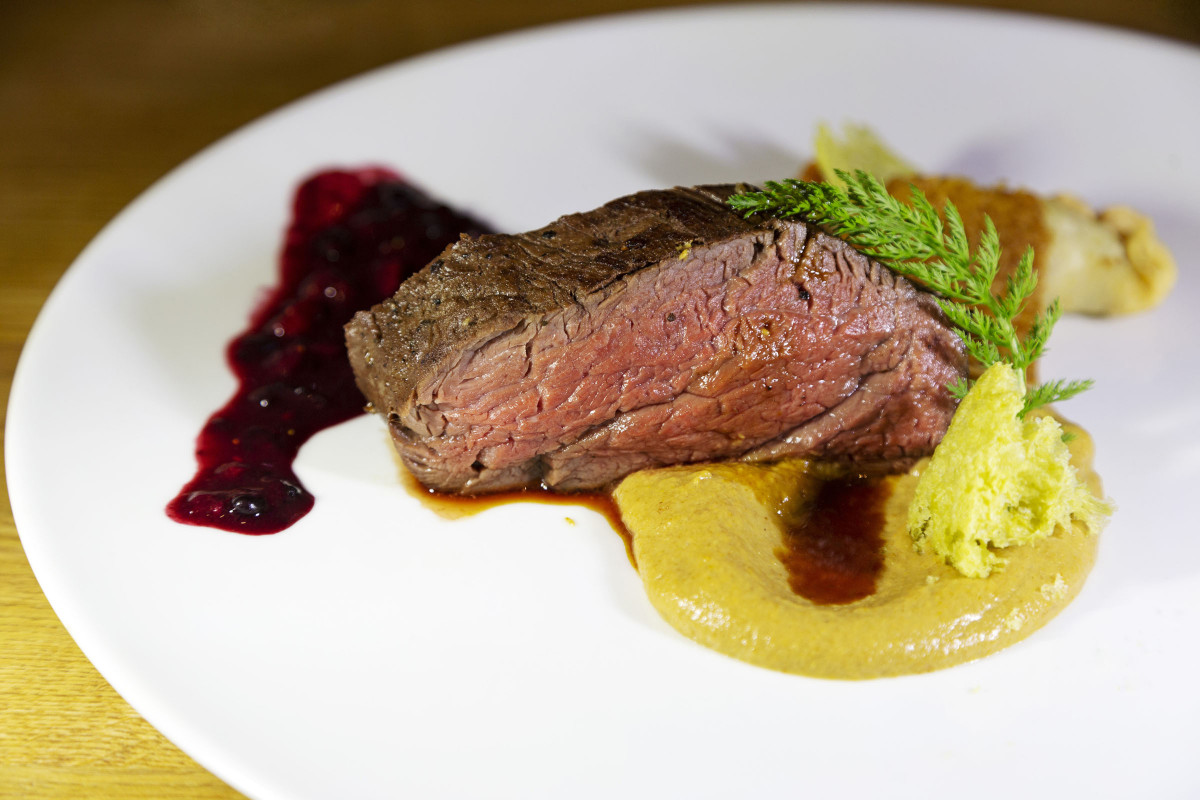
Producers of meat products, cheeses and other regional delicacies exhibited their wares at the Festival of Alpine Cuisine. The fact that animals spend the summer season grazing on high altitude meadows, where certain herbs grow, is seen as a factor in giving milk and meat a unique flavour.
The chefs share a connection with the land, a sense of responsibility to serve regional delicacies and a flair for using local produce. Those factors may explain why Alpine cuisine is best enjoyed on location in central Europe.
Tell me more about Salzburgerland, Austria
Find out more about the region on the Salzburgerland and Visit Austria websites.
Salzburg Airport is named in honour of the composer Wolfgang Amadeus Mozart.
The Grand Hotel Zell am See, Hotel Tirolerhof and Hotel Salzburgerhof count among the many upscale places to stay in and around Zell am See.

